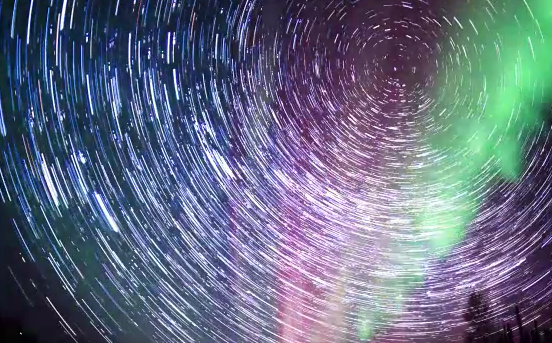Aurora Time: Difference between revisions
Siterunner (talk | contribs) No edit summary |
Siterunner (talk | contribs) No edit summary |
||
| Line 17: | Line 17: | ||
The different colours are attributed to different types of gas particles colliding; the most commonly occurring colour, a pale yellow/green, is created by oxygen molecules located about 60 miles above the earth. Nitrogen produces a blue, or purple/read aurora, and the elusively rare red aurora is created by high altitude oxygen. | The different colours are attributed to different types of gas particles colliding; the most commonly occurring colour, a pale yellow/green, is created by oxygen molecules located about 60 miles above the earth. Nitrogen produces a blue, or purple/read aurora, and the elusively rare red aurora is created by high altitude oxygen. | ||
[[Category:Earth360]] | |||
Revision as of 04:39, 25 January 2016
From GreenPolicy360's Facebook page
Sublime, magnificent time lapse short film of northern aurora colors, particles from the sun intersecting w our planet's atmosphere, reminder of the thin layer (and it's very thin) protecting life on earth
http://pmdvod.nationalgeographic.com/NG_Video/77/34/Technicolour_ENCODE__174233.mp4
Video Courtesy of Alexis Coram
[play full-screen]
- Earth 360°
○ ○ ○ ○ Northern Lights (or 'Aurora borealis' in the north and 'Aurora Australis' in the south) occur a result of collisions between gaseous particles in the Earth’s atmosphere, and charged particles released from the Sun’s atmosphere.
The different colours are attributed to different types of gas particles colliding; the most commonly occurring colour, a pale yellow/green, is created by oxygen molecules located about 60 miles above the earth. Nitrogen produces a blue, or purple/read aurora, and the elusively rare red aurora is created by high altitude oxygen.
